
It's one of the most advanced facelift techniques, and for good reason.
Unlike traditional facelifts that only stretch the skin, a deep plane facelift lifts the deeper layers too. That includes the muscles and fat that actually shift as we age. So, instead of looking tight or overdone, the result is smoother, softer, and more natural.
It works where ageing really starts, underneath.
Think sagging cheeks, jawline heaviness, or deep smile lines. This method targets those from the inside out. The bonus? Results last longer and age more gracefully with you.
In short: less fake, more you.
It's not just a neck lift. It's a deep reset.
A deep plane neck lift goes below the surface, way deeper than the usual skin-level approach. Instead of just pulling the skin tighter, it lifts the actual muscle and fat layers that cause sagging. That’s why the results look smoother and last longer.
This treatment targets loose skin, heavy jowls, and that “turkey neck” look. It gives you back a defined jawline and a clean, youthful neck without the stretched or “worked-on” look.
Look natural?
Absolutely. That's the beauty of working under the surface.
And bonus! It usually blends well with a facelift if you want both done together. But even on its own, it makes a big difference.
So, if your neck's starting to age faster than the rest of you, this is the treatment that works deeper and smarter.
Let's talk numbers about the procedure.
In the U.S. or Western Europe, a deep plane facelift often costs between $20,000 and $35,000. And that usually doesn't even include extras like clinic stay, meds, or aftercare. And get ready to wait months for a consultation.
Now, here's the Turkey difference.
In Turkey, the same procedure (same technique, same medical standards) starts around $5,000 to $8,500, depending on your case. It is affordable in Turkey but with high-quality care. And less red tape, lower operational costs, and zero waiting list.
Why do prices vary for this procedure?
Some cases are simple. Others need more complex work.
Extra procedures (like neck lift and eyelid lift) add to the total.
Each surgeon may use different materials or offer full care packages.
And of course, surgeon experience matters. The top names may charge more, and rightly so.
Still wondering if Turkey's worth it?
If you want world-class care, personal attention, and no months-long waiting lists, you're in the right place. Your face deserves both quality and value, and in Turkey, you can actually have both.
In Turkey, a deep plane neck lift typically costs between $4,000 and $7,500, depending on the case. That's way more affordable than in the US or Europe, where prices can hit $15,000+.
Why the gap? Lower medical costs, experienced surgeons, and no long waiting times. And yes, quality stays top-tier.
Prices change based on how complex your case is, the surgeon's experience, and what's included in the treatment package. But overall? You get expert care without the luxury price tag.
Let's be honest. No one loves recovery time. But here's the good news: it's not as rough as you might think.
Right after surgery, you'll notice some swelling and tightness. A bit of bruising too. Totally expected. Most of it eases up in the first week.
By day 10 to 14, many people feel confident going outside, meeting friends, or even hopping on a Zoom call. The deep layers take longer to fully settle, but you'll see a fresher look early on.
You might wear a light compression wrap for a few days. Think of it as a gentle hug for your face and neck! It helps reduce puffiness and keeps everything supported.
Pain? Usually mild, and you can totally decrease it with basic meds.
You'll need to rest, skip the gym, and sleep with your head up for a bit. But you won’t be stuck in bed for weeks. Just listen to your surgeon, take it slow, and let the healing happen.
And one more thing: deep plane lifts go deeper, so they give longer-lasting results, but they also need more patience. The glow-up is coming. Just give it a little time.
Let's talk about scars, because yes, they're real. But no, they're not what you think.
The good thing about deep plane face and neck lifts? Surgeons are really smart about where they hide the cuts. Most incisions sit just around the ears, sometimes under the chin. We're talking hairline, natural folds, and spots that already have a little shadow. So even if you look closely... they're hard to see.
Will there be a scar? Of course. It's surgery.
But a skilled surgeon makes it nearly invisible over time.
At first, scars might look pink or slightly raised. That's normal. Over the next few months, they fade into your skin tone. Like a tiny paper cut that slowly disappears.
Here's the key: take care of them.
Keep the area clean. Use the creams your doctor recommends. Don't skip sunblock; it makes a huge difference. The sun can darken healing skin and make scars more noticeable.
Worried about your hairline? Don't be. Incisions follow the curve of the ear or hair roots. You won't need to hide behind your hair.
And remember: people won't notice your scar.
They'll notice you look rested, younger, and more lifted.
A deep plane facelift usually lasts 10 to 15 years.
That's why it's often called the gold standard of facelifts.
But of course, your face isn't frozen in time. You'll still age. This surgery just sets the clock back and slows it down.
So, what affects how long it lasts?
Your skin quality. Thicker, more elastic skin holds results longer.
Your age and health. If you're younger and take care of yourself, the lift stays tighter.
Smoking and sun. Two big enemies. They break down collagen faster and speed up sagging.
Weight changes. Gaining or losing a lot of weight affects facial structure, too.
Skilled surgeon. This matters. A deep plane lift done right moves deeper layers, not just the skin. So, results look more natural and last way longer.
A deep plane neck lift can last 10 to 12 years, sometimes even longer.
Why so long? Because it lifts the deeper muscle layers, not just the skin. That means the results stay firm and natural as time goes on.
Still, your lifestyle matters. If you don't smoke, protect your skin from the sunlight, and keep your weight stable, you'll likely keep that smooth neckline for over a decade.
|
Deep plane facelift |
Endoscopic facelift |
|
More invasive |
Minimally invasive |
|
Mid-face, jowls, neck |
Cheeks, brow, upper face |
|
Hidden but longer scars |
Very small, well-hidden scars |
|
Longer (2-3 weeks) to heal |
Shorter (7-10 days) to heal |
|
More dramatic results |
More subtle results |
|
10-15 years last |
5-7 years last |
|
Muscle repositioning: Yes |
Muscle repositioning: Limited |
|
For moderate-severe sagging |
For mild sagging, early aging |
|
Traditional surgery tools are used |
Endoscopic camera tools are used |
Both are facelift techniques, but they work differently and suit different goals.
Deep plane facelift lifts both skin and deeper facial muscles together. It's ideal for major sagging and gives the most dramatic, long-lasting results. Think full-face renewal, especially mid-face, jowls, and jawline.
Endoscopic facelift is less invasive. Small cameras, tiny cuts! It's best for early ageing signs and focuses more on the upper face, like cheeks and brows.
Quick tip?
Need a subtle lift? Endoscopic.
Want a big change? Deep plane.
|
Deep plane facelift |
SMAS facelift |
|
Deeper tissue layers |
Muscle layer only |
|
More natural results |
Subtle improvement |
|
Longer-lasting |
Moderate duration |
|
Slightly longer recovery |
Generally quicker recovery |
|
Volume restoration: Better midface support |
Volume restoration: Limited midface lift |
|
For moderate to severe aging |
For mild to moderate aging |
|
More advanced technique Yes |
Less complex technique Limited |
|
Highly surgeon skilled required |
Standard expertise |
Deep plane facelift moves skin and the deeper muscles together. That's why the results look super natural and last longer.
SMAS facelift just lifts the muscle layer. It still refreshes your look but may not fix deeper sagging, especially around the cheeks.
So, which one's better?
If you want a softer, younger version of you, deep plane usually wins.
But if your ageing signs are mild, SMAS might be enough.
Kind of like:
SMAS = surface ironing.
Deep plane = full fabric reset.
It's a lighter version of the full deep plane facelift. Surgeons lift the same deep tissues, but in a more limited area (usually the lower face and jawline). Less invasive, faster recovery, and still natural-looking. Think of it as “deep plane, but make it mini.”
It's the upgraded version of a deep plane facelift.
The regular version targets your mid-face and jawline. But the extended one goes further, lifting the deeper layers around the cheeks, jaw, temples, and even down into the neck. It's like zooming out to get the full picture, not just a close-up.
What makes it special? It doesn't just tighten skin. It repositions the deeper structures, so the results look smooth, natural, and not “done.”
Quick question: does it last longer?
Yes. Because it works deeper, the results tend to last longer.
If you're starting to notice sagging in more than one area, this might be the refresh you're after.
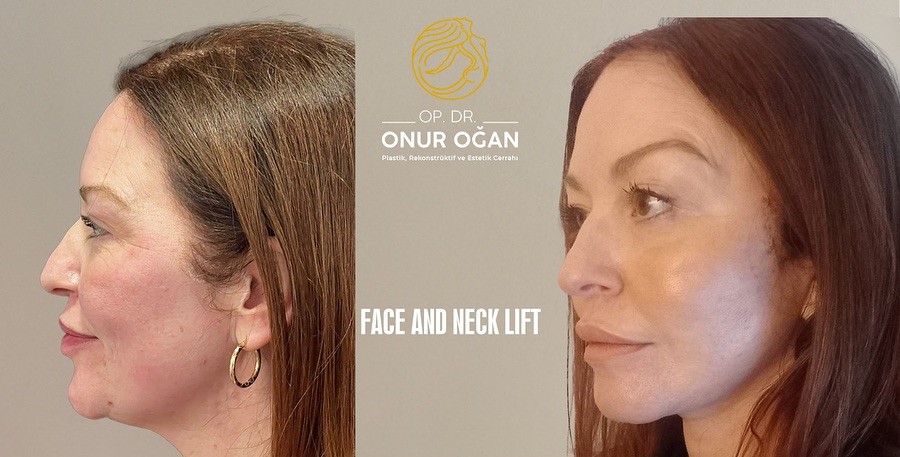

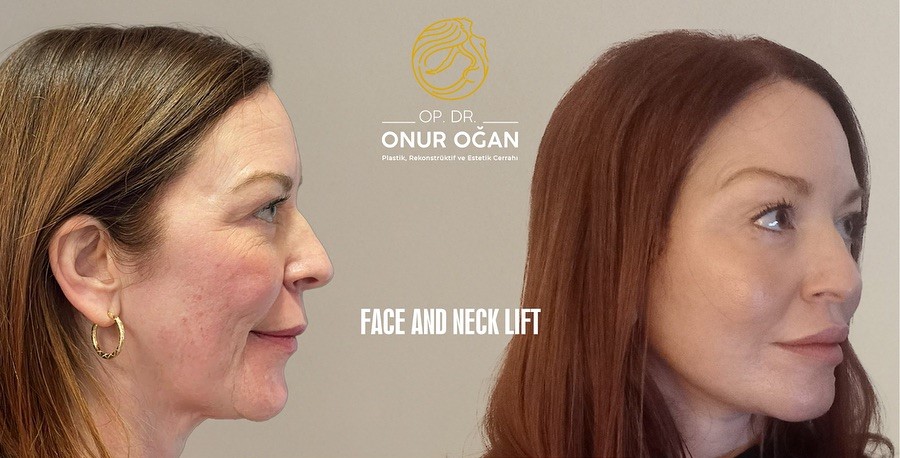
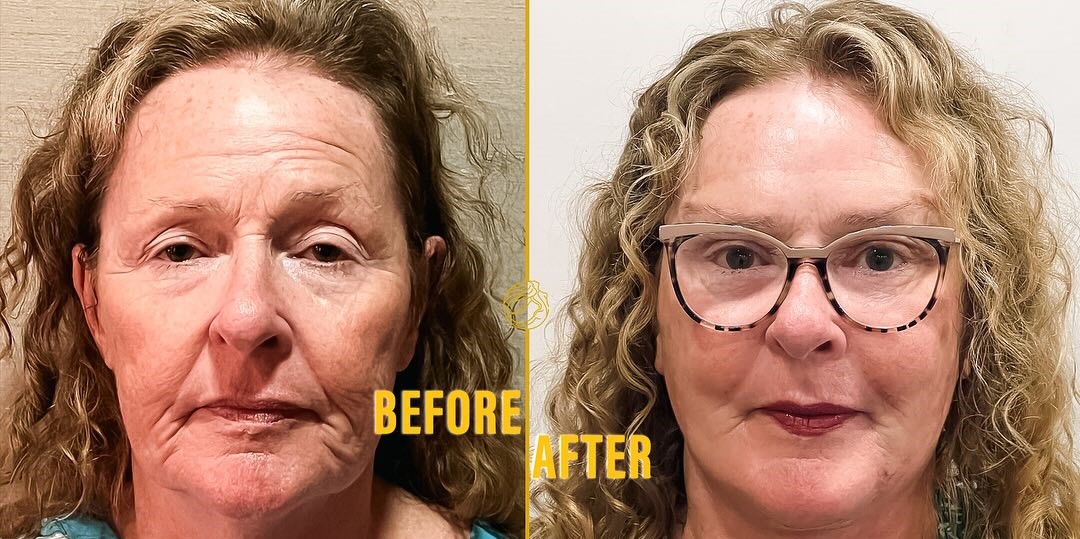
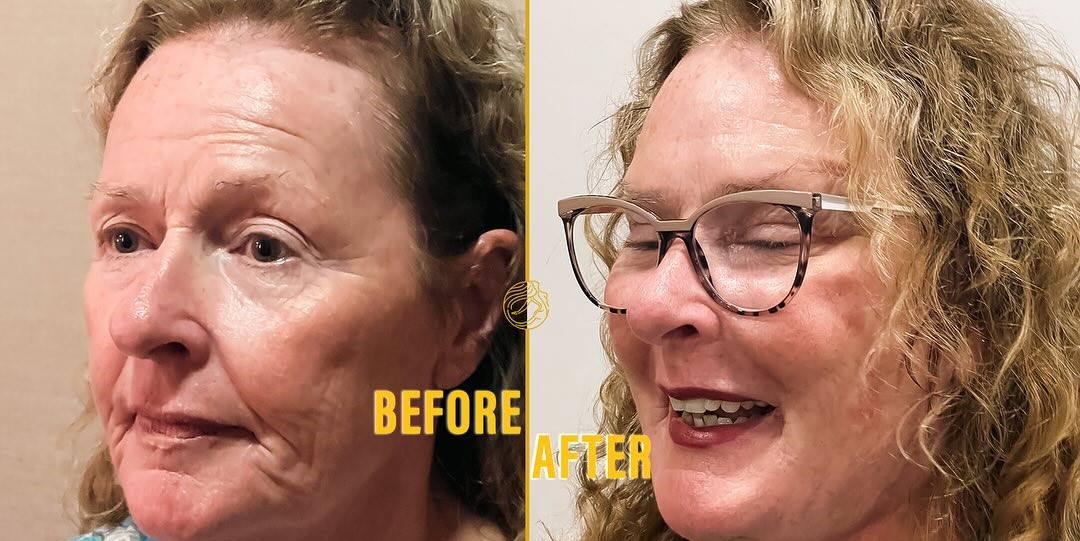
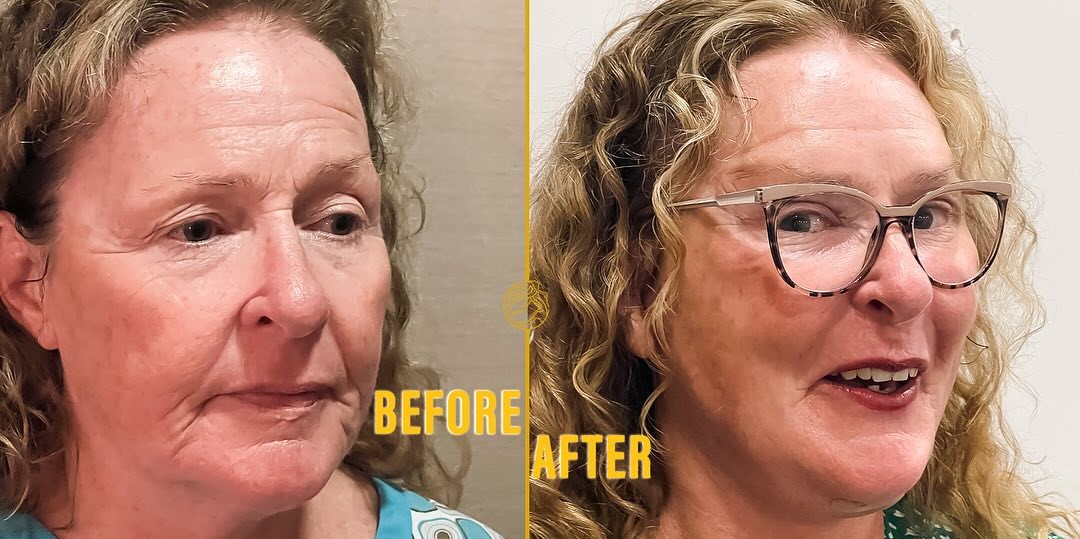

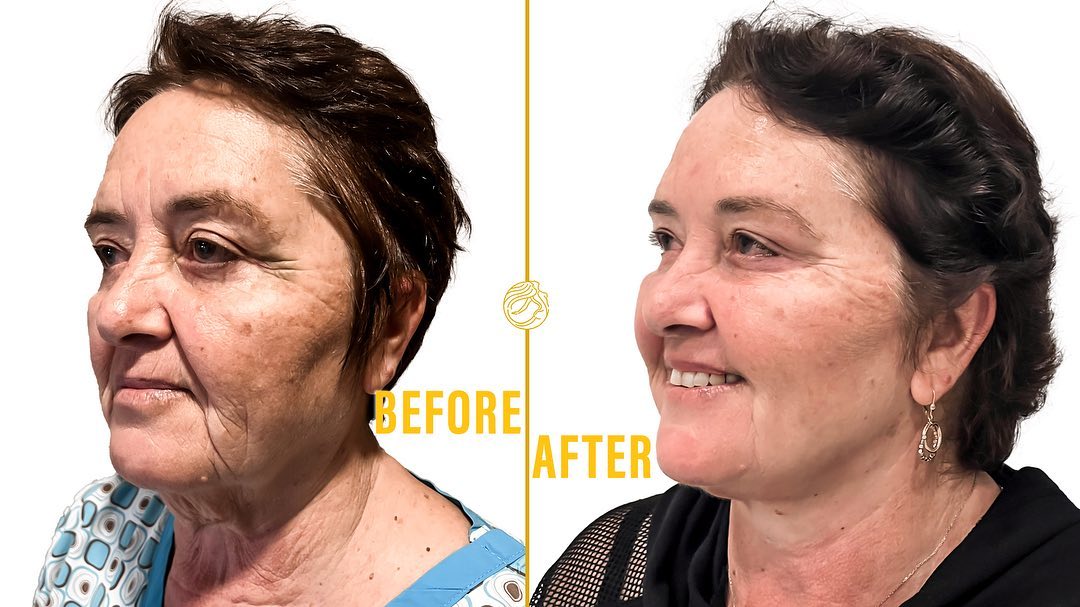
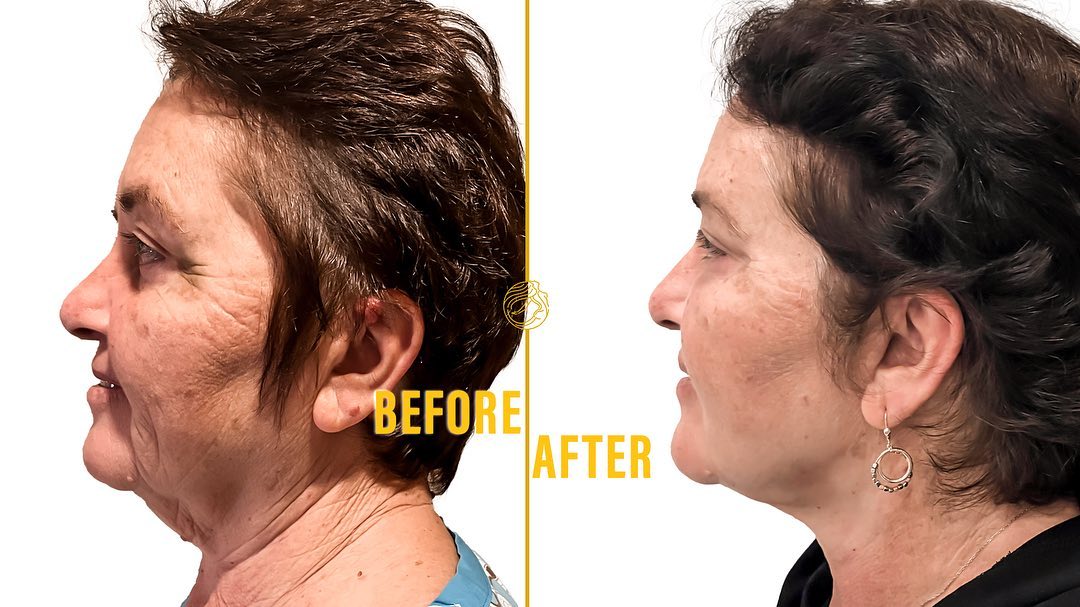
It's rare, but when it happens, it stings. Imagine investing in a refreshed look but ending up with uneven cheeks or a frozen smile. Why does this happen? Usually, it comes down to one thing: the wrong hands. Deep plane facelifts work under the muscles, so they're not beginner-level stuff. You need a surgeon who knows facial anatomy like the back of their hand.
Nerve damage? Possible. Over-tight skin? Also possible. But all of this is avoidable when it's done right.
Bottom line? Don't just trust the clinic's Instagram. Look for experience, real before-and-after photos, and patients who are smiling for the right reasons.
Most people consider a deep plane facelift in their late 40s to early 60s. That's when skin laxity, deeper folds, and jowls become more noticeable, but the skin still has enough elasticity to bounce back well.
But the truth is, there's no “perfect” number. Some people need it earlier, some much later. What matters more is how your face looks and feels, not just your age.
Here's a quick clue:
If you often find yourself lifting your face slightly in the mirror and thinking, “That's how I used to look,” you're probably in the right window.
In short, it's less about age and more about timing. When you feel ready and the signs are there, that's your best age.
This isn't a one-size-fits-all surgery. Some people just aren't the right fit.
Best results come when your body's ready and your mindset is too.
A regular neck lift mainly tightens the skin and a bit of muscle—great for mild sagging.
But a deep neck lift? That's next-level. It goes under the muscles, removes deep fat, sculpts the platysma, and sharpens the jawline like a pro chisel.
Think of it like cleaning just the surface… versus reorganising the whole room.
You actually don't feel pain during the surgery; it's done under general anaesthesia.
Afterwards? It's more like mild discomfort than pain. Think pressure or tightness, not sharp pain. Most people manage just fine with prescribed painkillers and a bit of cold compress. So yes, it's totally doable.
It's more affordable than in the US or Europe.
You get top-tier care and results without the luxury price tag.
So yes, coverage is deeper, and so is the value.
If you want natural, long-lasting results, yes, absolutely.
It lifts deeper layers, not just the skin, so the outcome looks smoother and more youthful.
Think of it as an investment that lasts 10-15 years. Not a quick fix, but a real change.
Yes, that's the beauty of it.
It lifts the deeper layers, not just the skin. So, there's no tight or “pulled” look.
You just look like a fresher, well-rested version of yourself. Like you but 10 years ago.
To get more and detailed information deep plane face and neck lift, it's best to consult a board-certified Op. Dr. Onur Oğan experienced in performing face lift procedures.